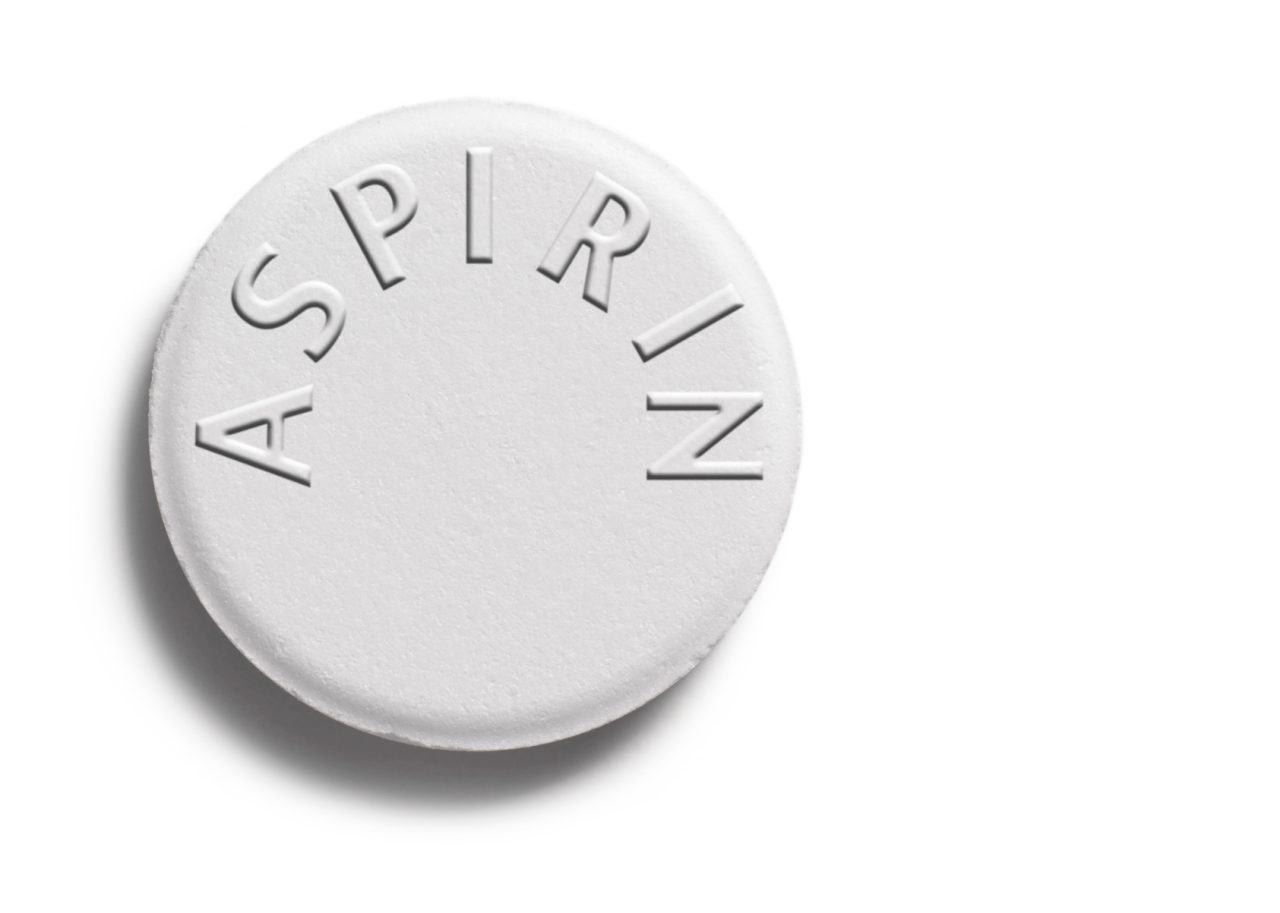What Is Reye’s Syndrome?

A very rare disorder that can damage your liver and brain, Reye’s syndrome can be fatal or lead to permanent brain injury unless it is treated quickly.
What is Reye's syndrome?
Reye’s syndrome is a rare disorder that usually arises before the age of 20. It has been linked to taking aspirin to treat a fever.
The first detailed description of Reye’s syndrome was in 1963 by Australian pathologist Douglas Reye.
To prevent Reye’s, which can be fatal, give children under 16 acetaminophen (Tylenol and off-label brands) or ibuprofen (Advil, Motrin, and off-label brands) rather than aspirin to cut fever or pain. Also, do not give children dental gels that contain salicylate salts.
YOU MIGHT ALSO LIKE: Our Children and Teen Care section
What are the symptoms of Reye's?
A few days after a viral infection — which might be a cold, flu, or chickenpox — a child with Reye’s syndrome may become lethargic and have fits of rapid breathing. Your child might become irritable, irrational, aggressive, severely anxious, or hallucinate. Some children lose consciousness.
Dial 911 for an ambulance, or take your child to the nearest emergency room if your child loses consciousness or has a fit with convulsions, when the legs or arms move around randomly.
Talk to your doctor if your child is unusually tired or acting strangely after any kind of infection. Tell your doctor if your child has taken any aspirin.
What causes Reye's syndrome?
In most cases of Reye’s syndrome, a child has taken aspirin to deal with pain from a minor illness. Tiny structures within cells called mitochondria are damaged (mitochondria give cells their energy). If the liver becomes short of energy, toxic chemicals in the blood can build up, which can damage the entire body and cause the brain to swell.
How is Reye's syndrome diagnosed?
Your child’s doctor will need to rule out several conditions that can cause these symptoms. These include meningitis (inflammation of membranes near the brain and spinal cord) and encephalitis (brain inflammation).
Blood and urine tests will show whether there is a build up of toxins or bacteria in the blood. Your child will also be tested for signs of an inherited metabolic disorder. Some possible tests include a CT scan (to check for swelling in the brain), a lumbar punction (to check for bacteria or viruses), and a biopsy of the liver that would reveal Reye’s syndrome.
How is Reye’s syndrome treated?
A diagnosis of Reye's syndrome means your child will need to enter an intensive care unit in which doctors and nurses can monitor and maintain your child’s vital functions. Your child may receive an IV drip with electrolytes and fluids to correct the level of salts, minerals, and nutrients in the blood. Your child may need medicine to cut swelling in the brain as well as medicine to reduce the level of ammonia, along with medicine to control seizures.
It may be several weeks before your child can leave the hospital. Once any swelling in the brain has gone down, the other functions of the body should return to normal within days.
What are the possible complications of Reye’s syndrome?
Most patients survive. Some have few lasting consequences. But Reye’s can lead to permanent brain damage that may interfere with vision, hearing, speech, memory, swallowing, or posture.
Updated:
April 17, 2023
Reviewed By:
Janet O'Dell, RN